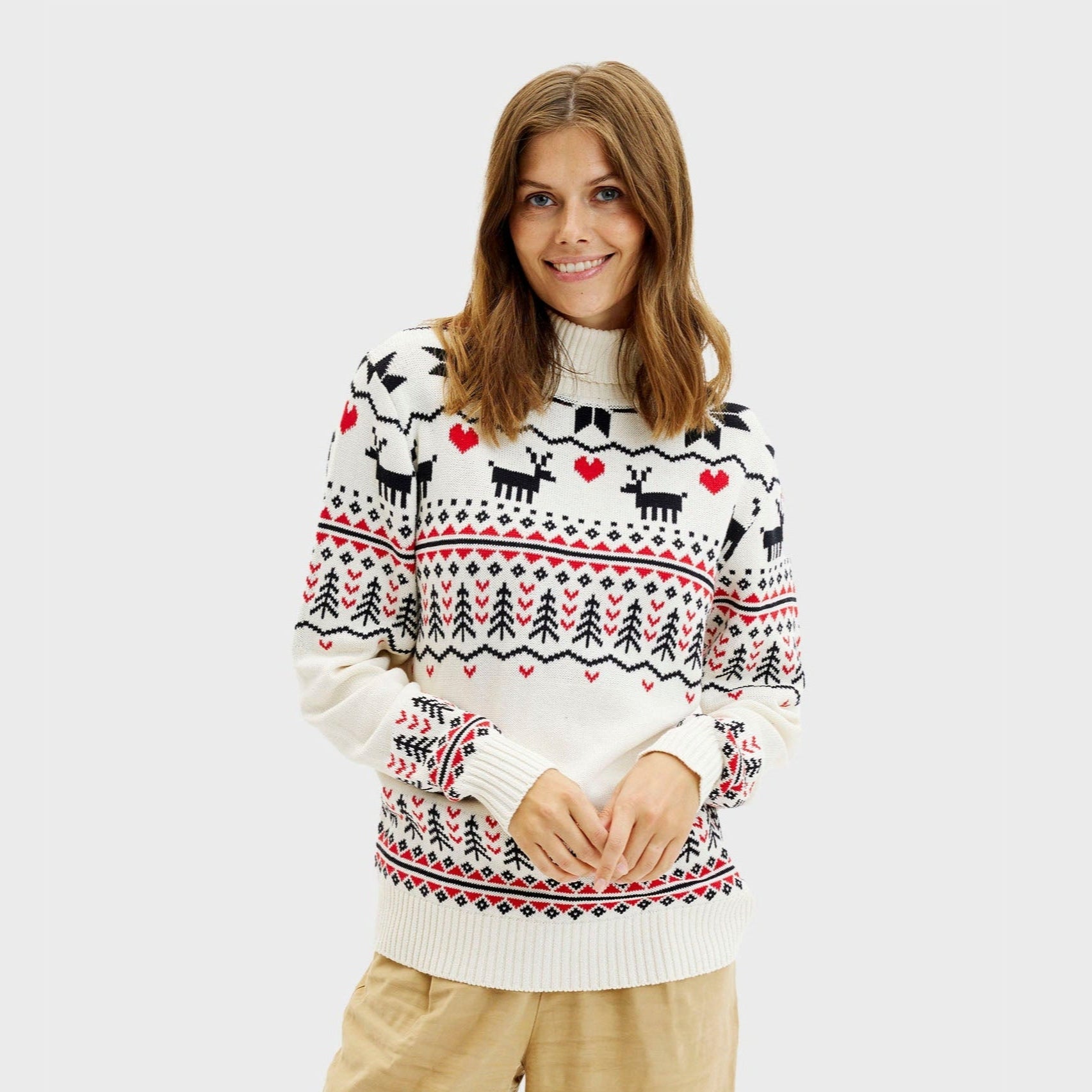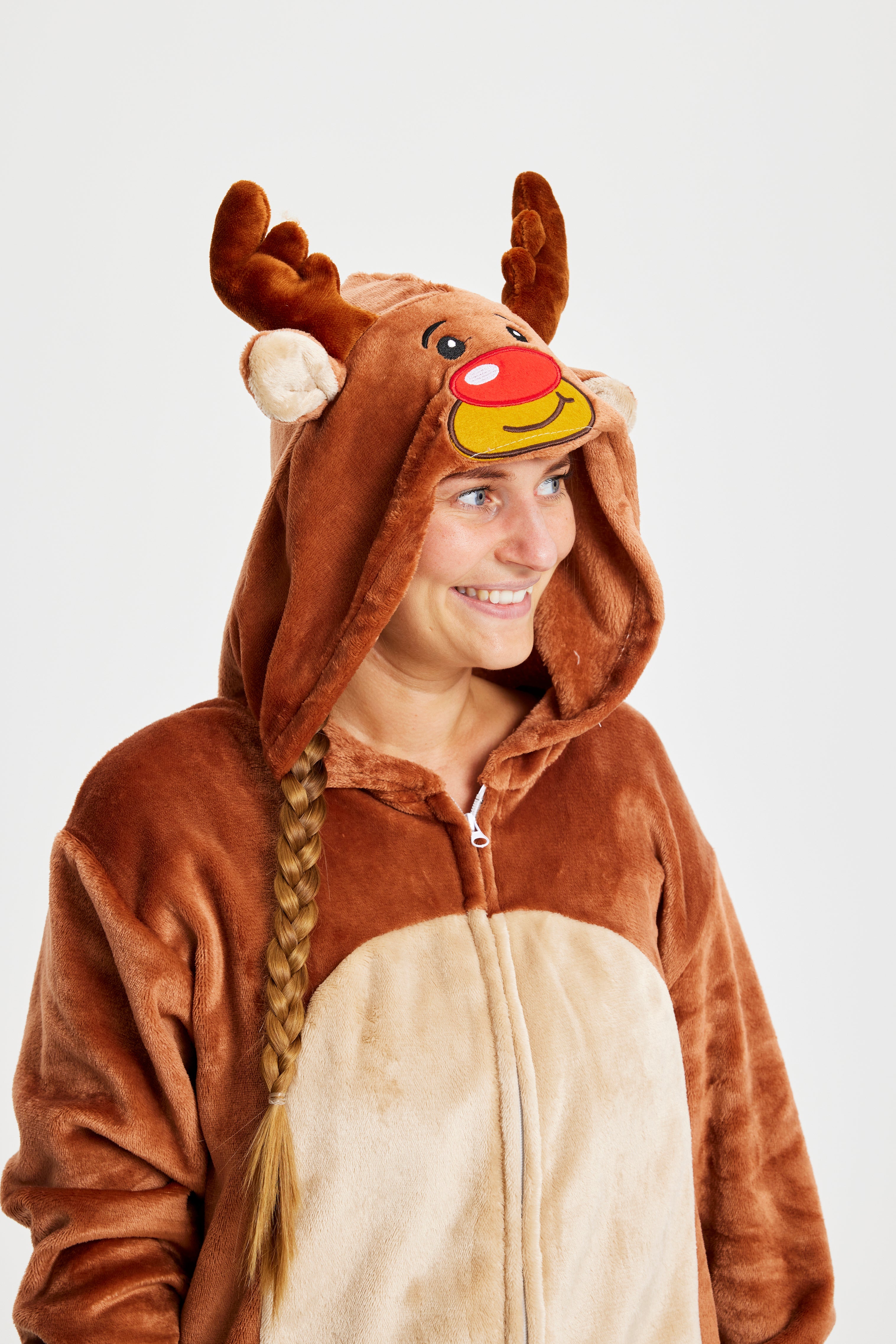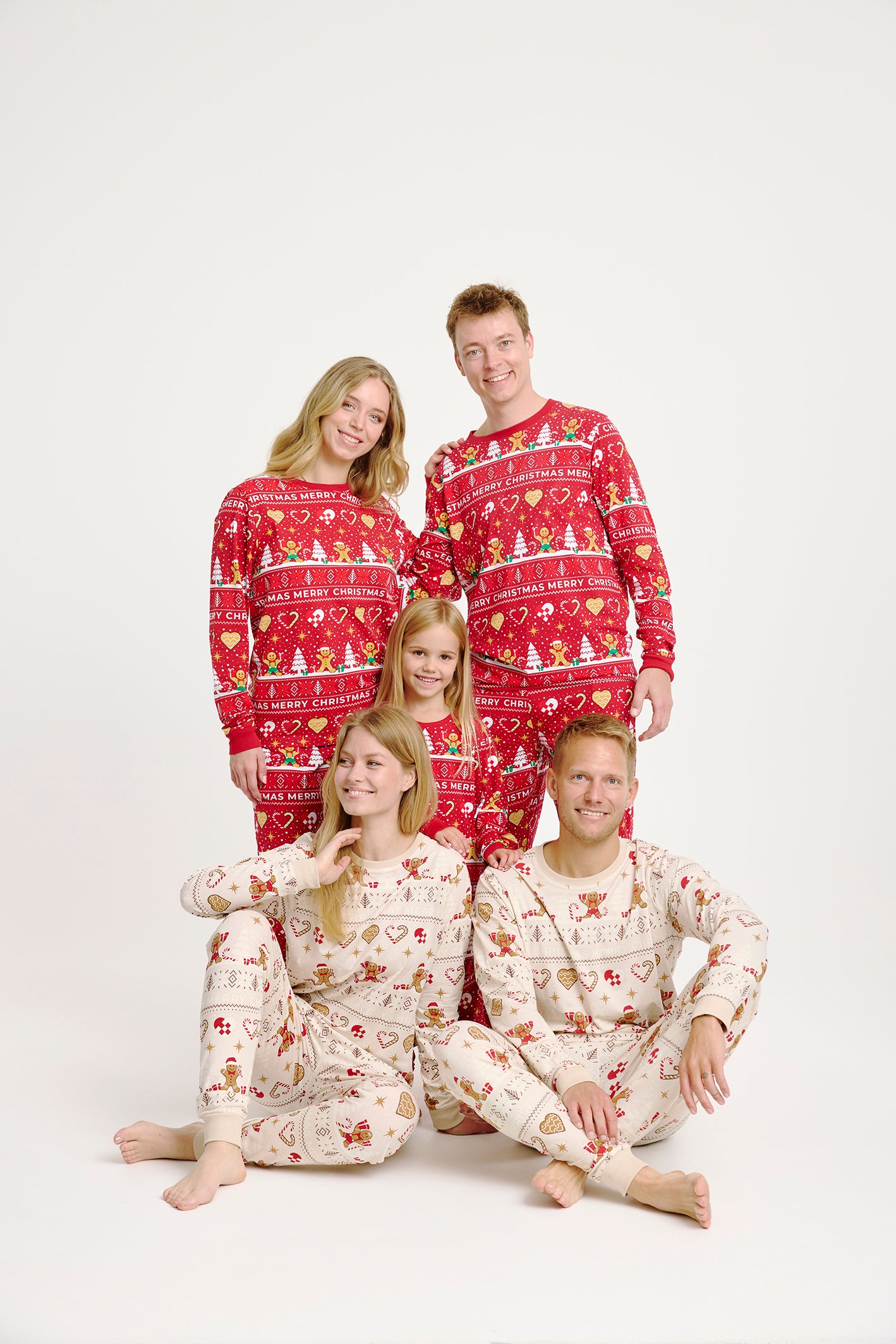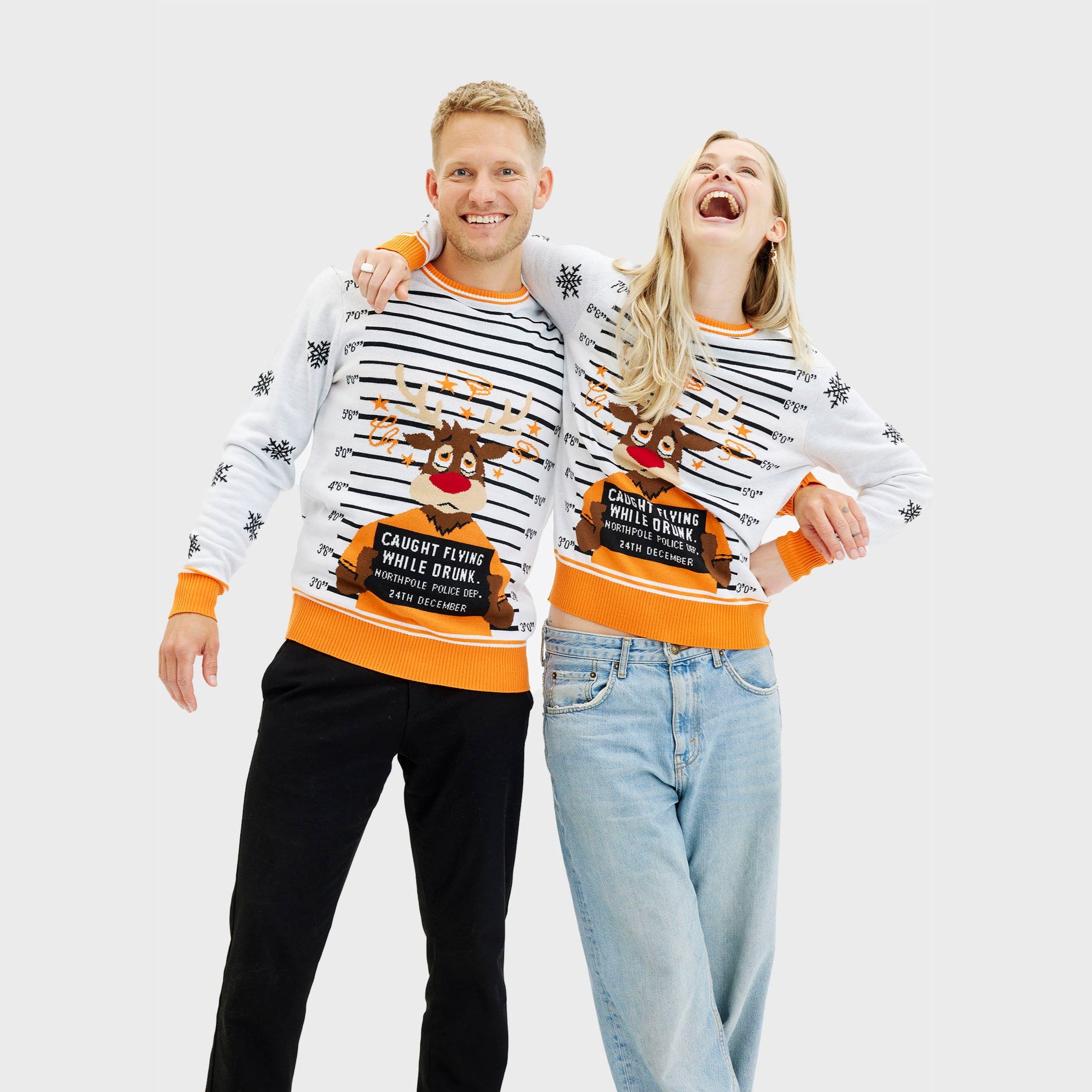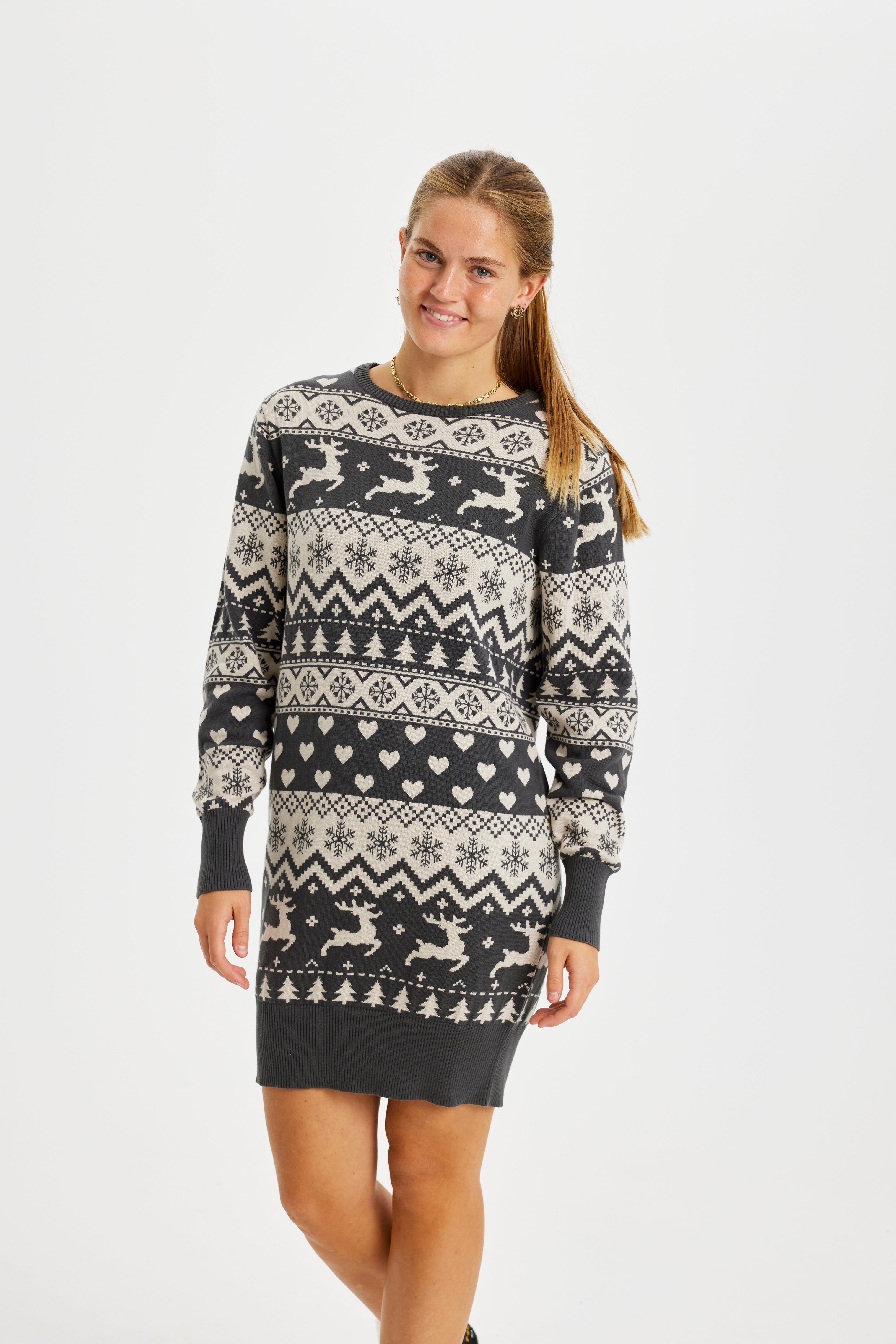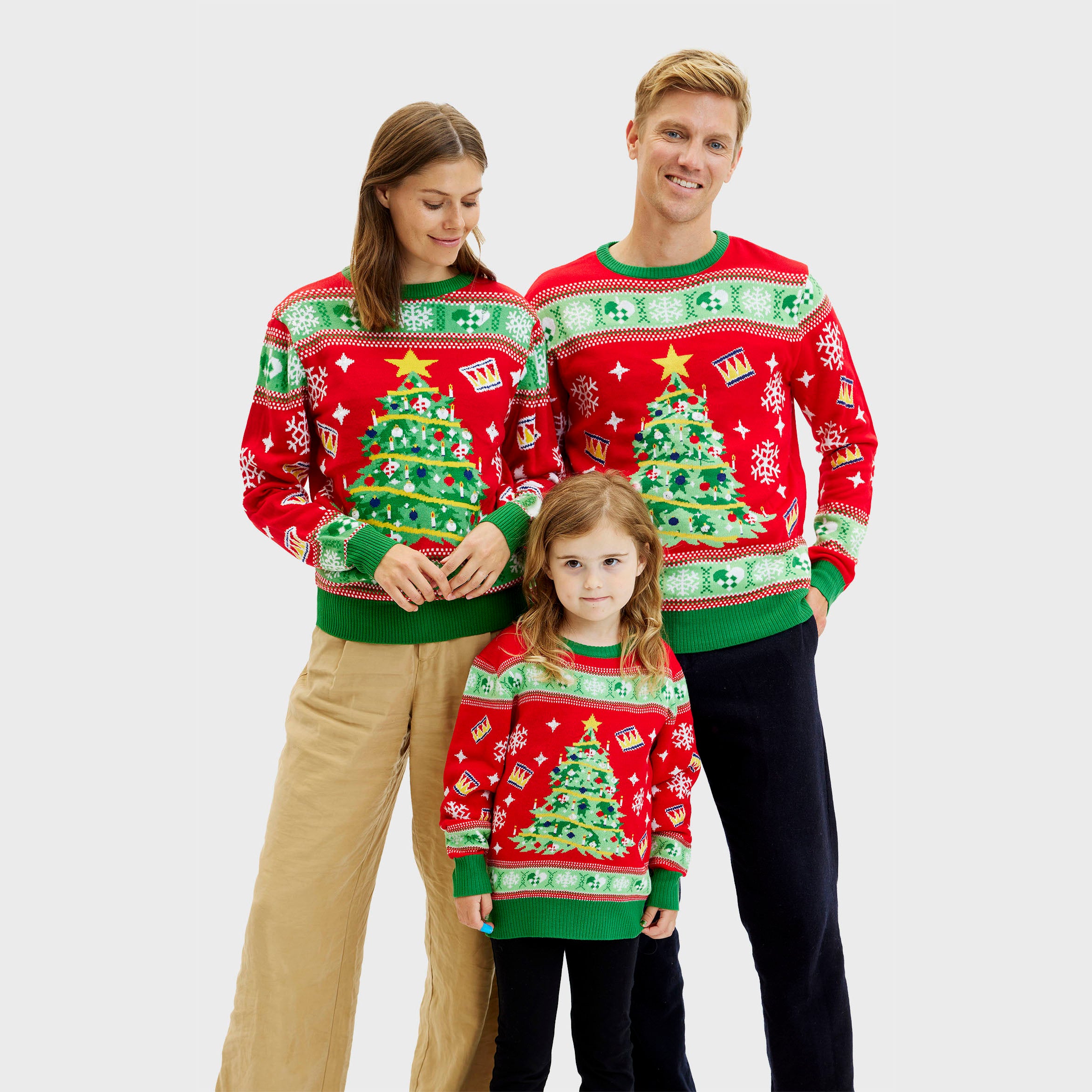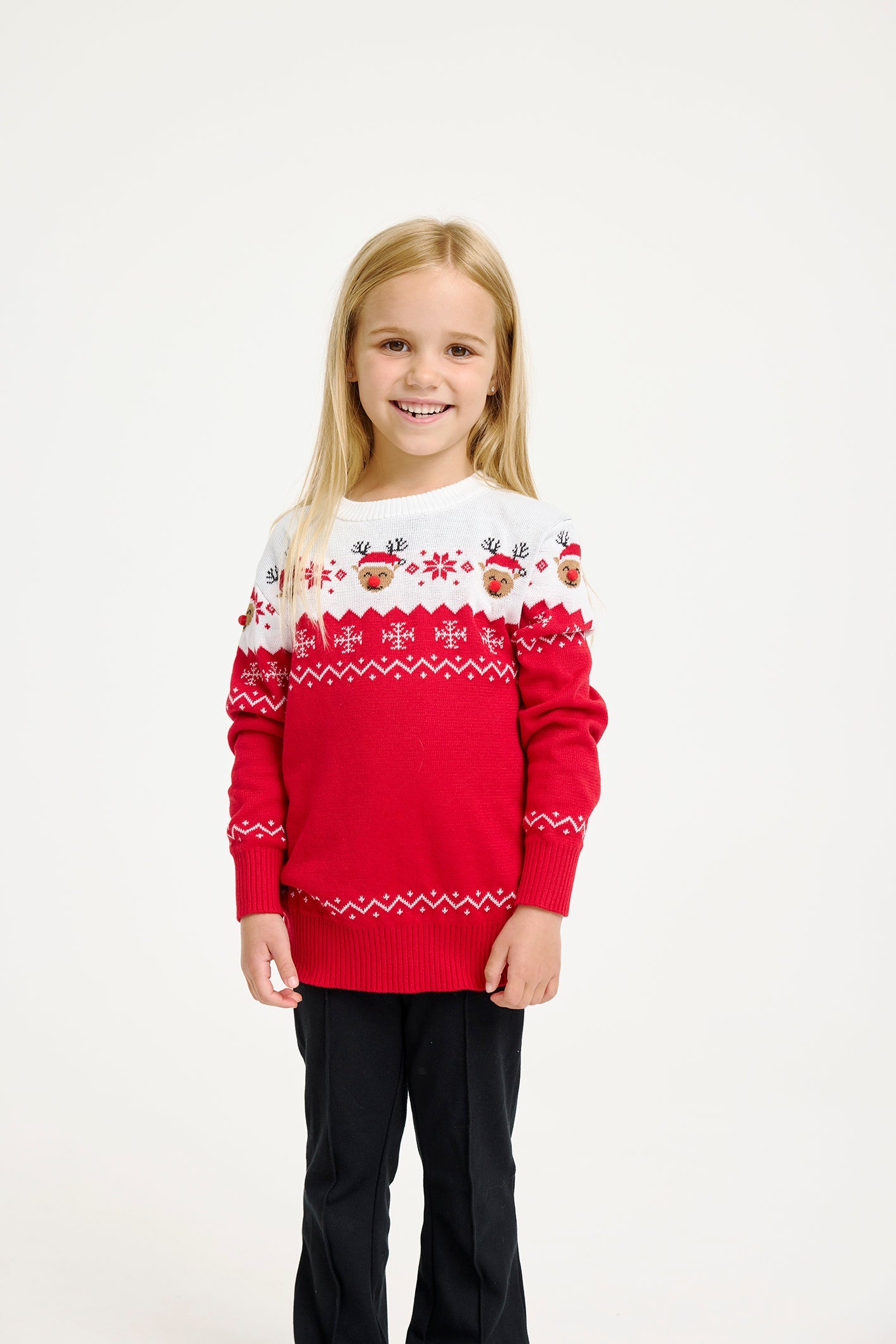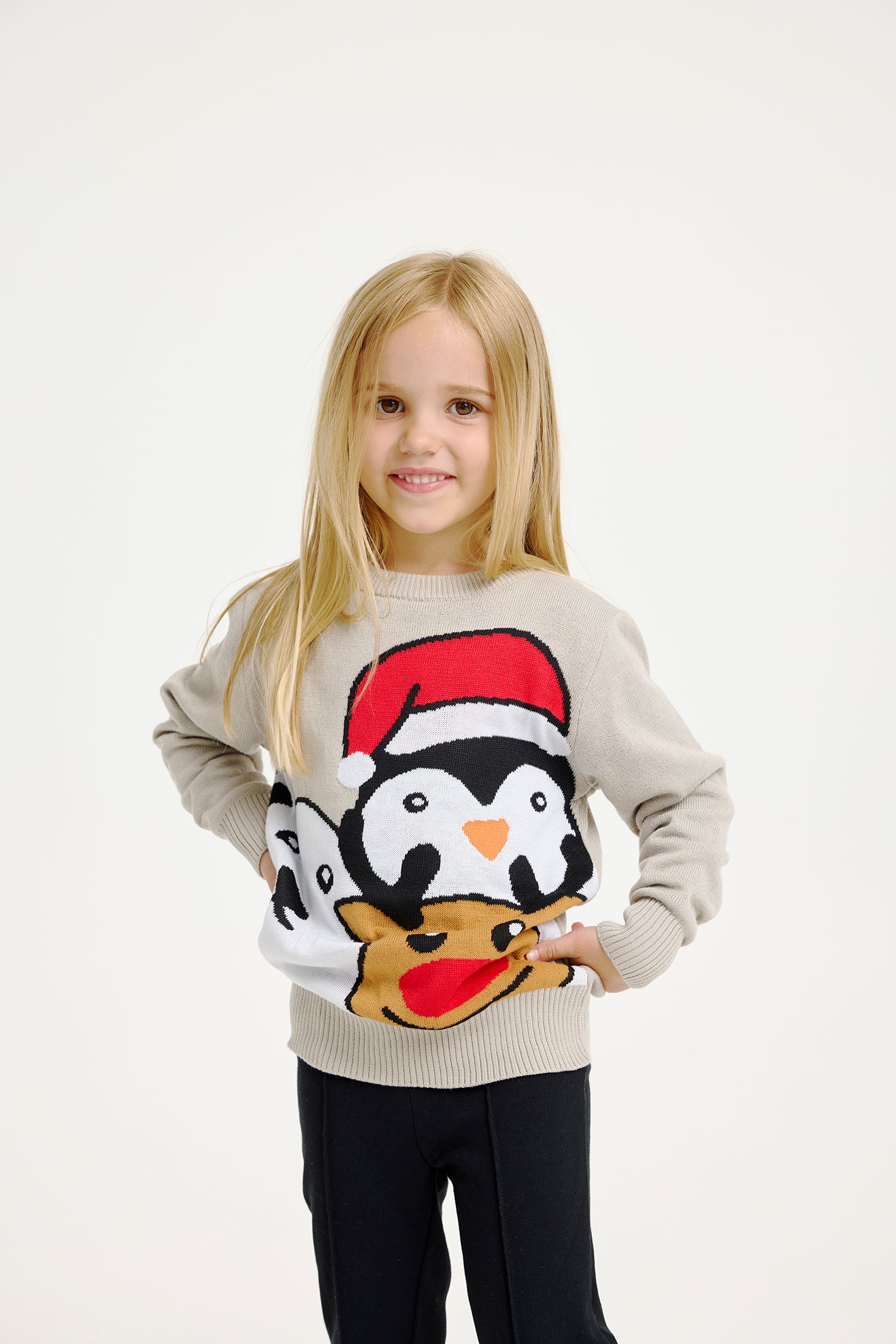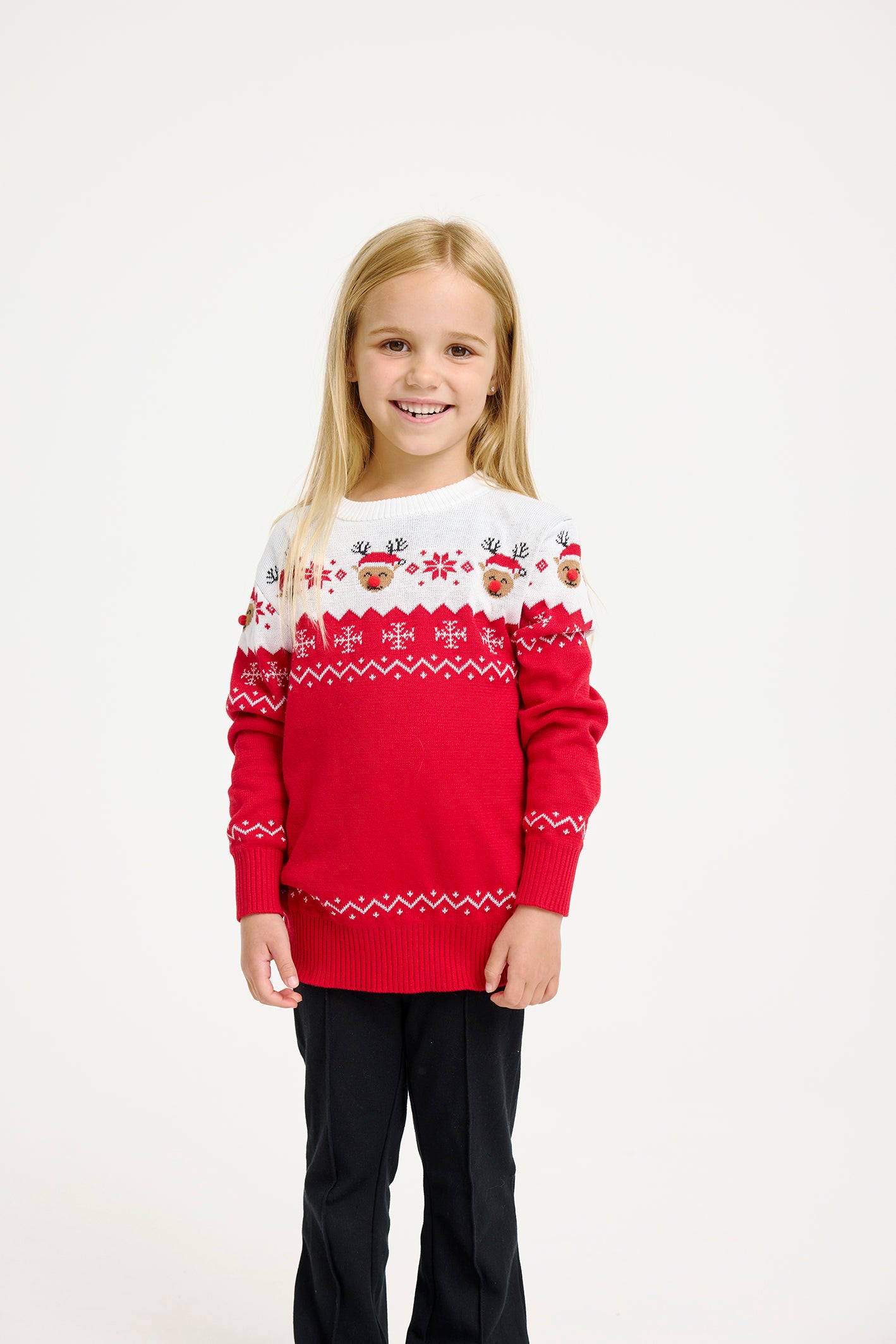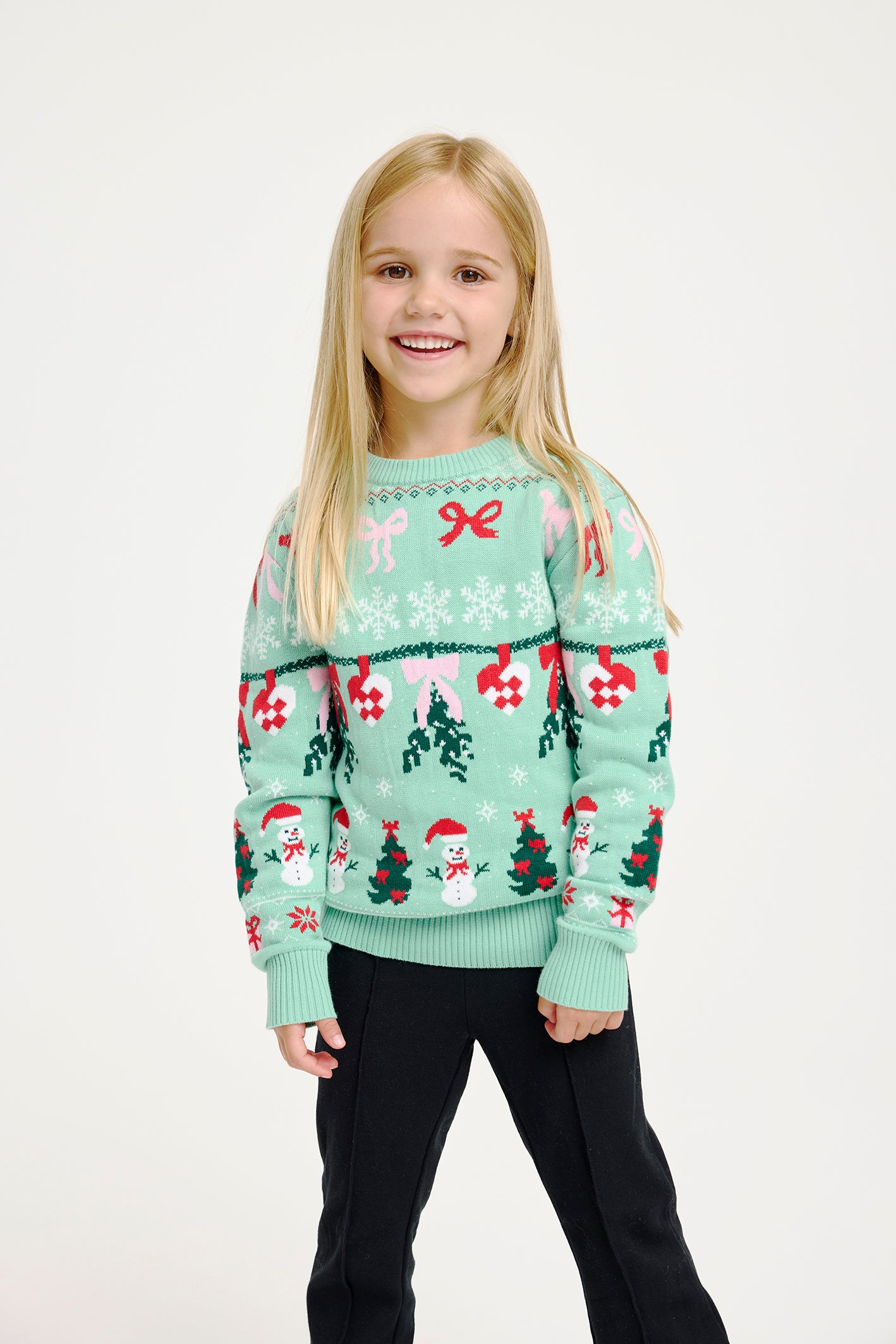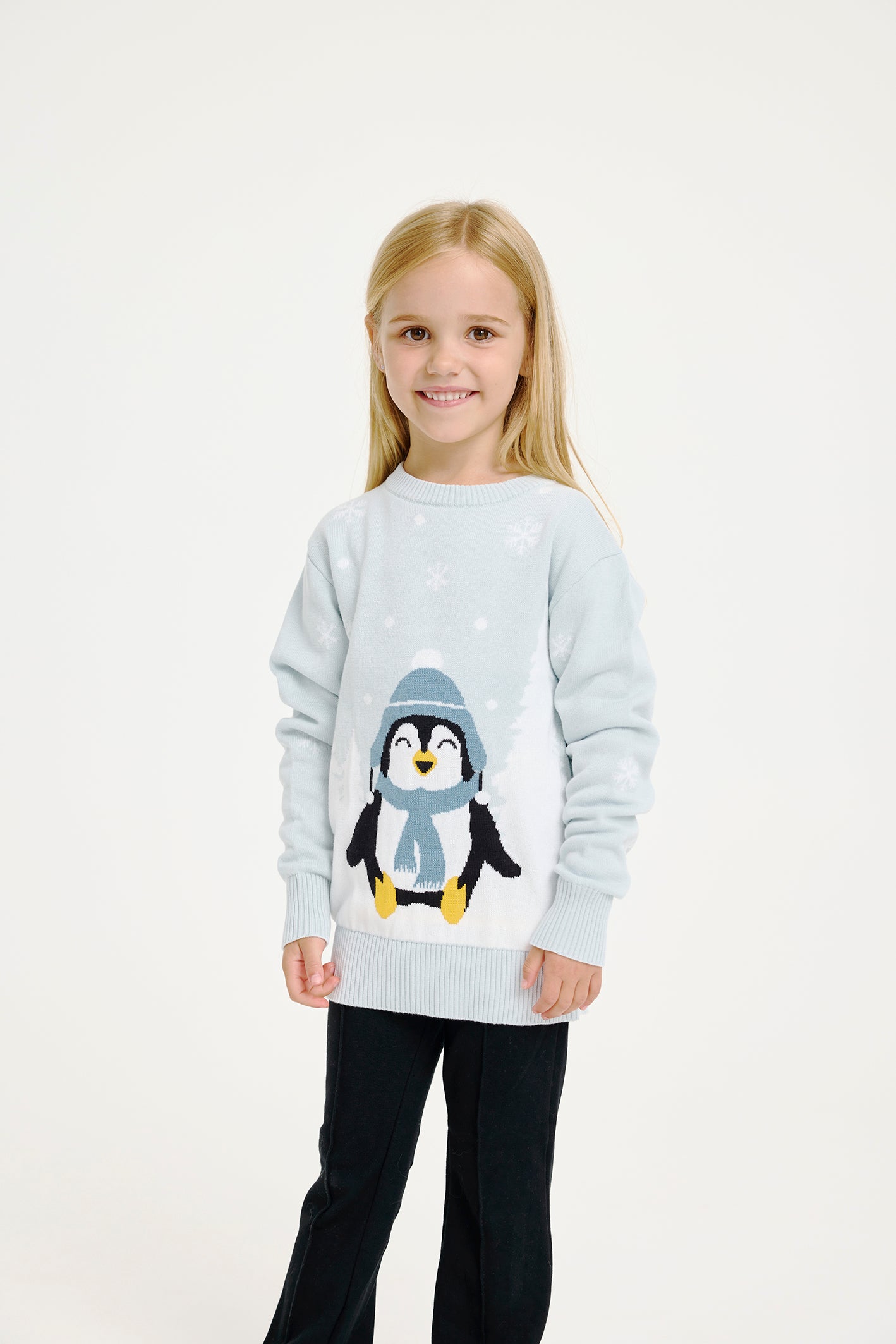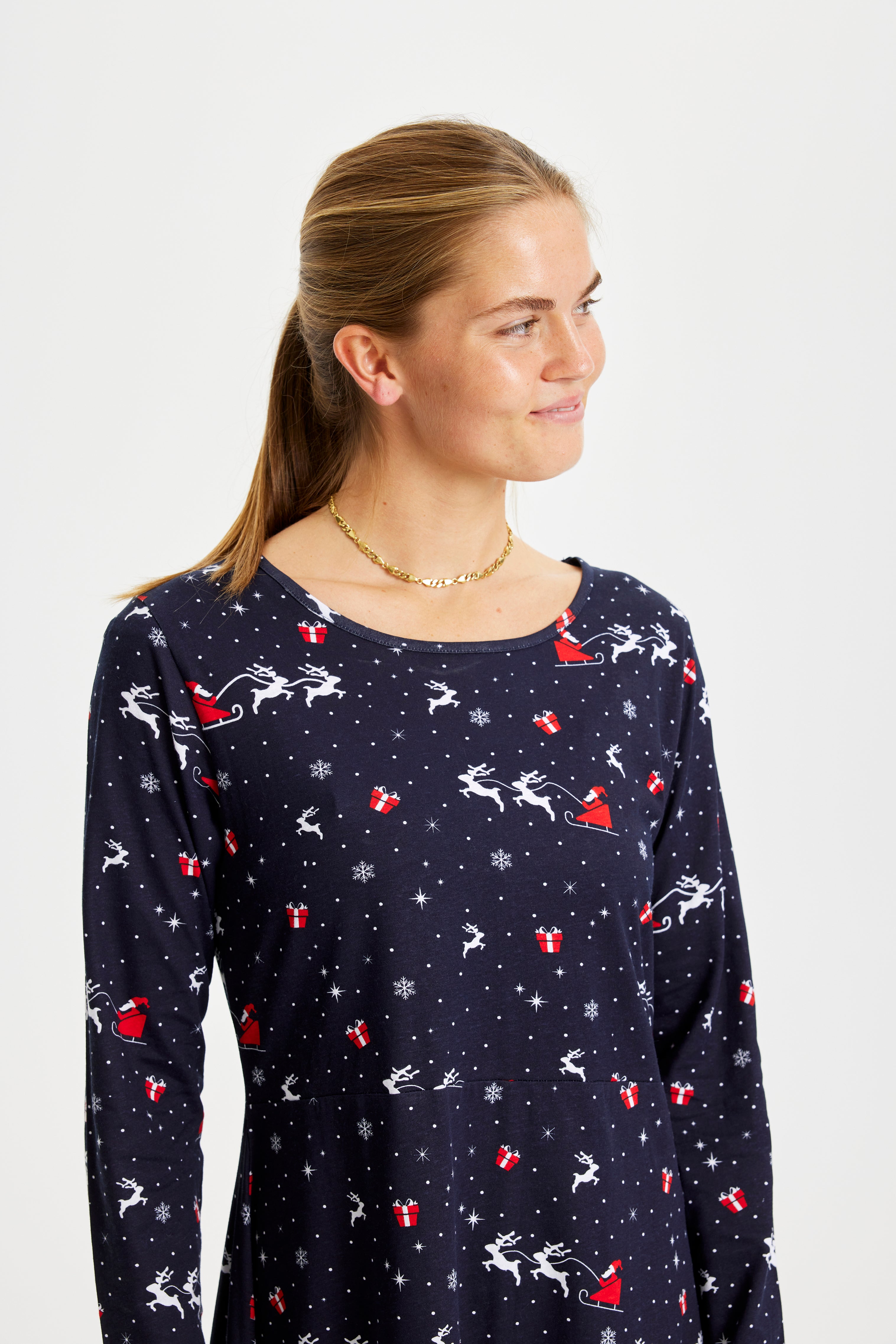1 November 2025
Where is Christmas celebrated?

A single global holiday with many local faces. Christmas is observed across continents, yet dates, rituals and atmosphere change from one place to another. In many countries the season is both a religious moment and a chance for communal customs, while in others it has become a largely secular festival with distinct local twists.
Global contrasts in celebration
Some communities mark Christmas on 24 or 25 December, while several Orthodox churches follow a 7 January observance. In some societies the focus is worship and midnight services, in others it is markets, parades or family gatherings. Seasonal differences matter: Northern winter favors indoor dinners and church services, whereas Southern Hemisphere summers invite beach barbecues and outdoor meals.
Striking examples to illustrate variety
Consider Midnight Mass in Spain, the unexpected popularity of KFC as a Christmas meal in Japan, and Australia or South Africa where beaches and grills take centre stage. In Iceland children await visits from the 13 Yule Lads, and in Mexico communities recreate Las Posadas with processions and neighbourhood parties. These cases show how a common occasion can wear very different local faces.
Family moments and festive dress
Across traditions people still look for ways to signal togetherness, from matching sleepwear to playful party looks. For family photos or themed gatherings it is common to choose a Christmas sweater or coordinated kids christmas sweater sets, and many groups enjoy the humour of an ugly christmas sweater at seasonal get togethers.
Want to explore festive outfits for your next celebration? Check the collections for christmas shirts and more options to match local customs and your own holiday plans.
Where Christmas is observed often determines how people mark the season, from public ceremonies to the clothes worn at home and at community events. While some places centre the day on church services, others foreground neighbourhood gatherings, parades or seasonal markets. The maps of observance span continents, and the variety of practice offers practical cues for anyone planning travel, a holiday party or simply choosing what to wear.
Geographic distribution and public recognition
In many European and American countries Christmas Day on 25 December is a national public holiday with widespread cultural observance. In parts of Eastern Europe and the Middle East where Orthodox churches predominate, celebrations often fall on 7 January because of a different liturgical calendar. Elsewhere the holiday may be regionally recognised or celebrated socially without official leave: cities in East Asia host festive displays and commercial events even when the day is not a public holiday.
Dates, church calendars and popular observance
Different calendars shape which date communities emphasise and which religious services are central. Midnight Mass or evening liturgies remain important in many Catholic and Protestant settings, while certain Orthodox communities observe major services around 7 January. In some countries Epiphany on 6 January keeps the festive period alive with processions and gift-giving customs that extend celebrations beyond 25 December.
How climate shapes activities and menus
Seasonal context has a direct effect on gathering styles and food. In Northern Hemisphere locations the season favours indoor dinners, markets and candlelit services. In Southern Hemisphere countries summer weather invites outdoor meals, beach get-togethers and chilled menus that differ markedly from roast-centered feasts. Local food traditions adapt accordingly, and communal events often reflect what is practical and festive in the prevailing climate.
Notable local customs to inspire your celebration
Local practices offer memorable inspiration: community processions that move from house to house, lantern festivals that light up town squares, and playful figures who visit children in the run-up to the holiday. These customs illustrate how a single occasion can be expressed through pageantry, music and shared meals across very different settings.
Festive dress and practical outfit ideas
Clothing plays a clear role in signalling celebration. For cosy family evenings, matching christmas shirts or coordinating christmas pajamas create a unified look for photos and informal events. For parties that lean into humour, an ugly christmas sweater can be a conversation starter. If you prefer polished holiday attire, a simple christmas dress or a neat christmas shirt paired with seasonal accessories brings a festive note without being over the top.
For families planning themed photos consider items that work across ages: adults can choose a classic christmas sweater while children wear complementary kids christmas sweater styles to keep the group visually cohesive.
Public festivities, tourism and community events
Large urban displays draw tourists and locals alike, with light installations, market stalls and public concerts defining civic celebration. In some places parades or lantern festivals act as focal points that attract visitors and reinforce local identity, while smaller community gatherings keep traditions alive at neighbourhood level.
FAQ: quick practical answers
Q: In which places is Christmas a public holiday? A: Most countries with Christian majorities list 25 December as a national holiday; other countries vary and may instead observe closely related days.
Q: Why do some communities mark the holiday on 7 January? A: Many Orthodox churches follow the Julian calendar for liturgical dates, which corresponds to 7 January on the Gregorian calendar.
Q: How do summer celebrations differ from winter ones? A: Summer celebrations tend to be held outdoors with lighter menus and activities suited to warm weather, whereas winter observances focus on indoor meals and seasonal markets.
Tip: If you are organising a themed gathering, browse christmas shirts for casual events or choose a timeless christmas sweater for a more traditional look. For coordinated family outfits, check options for kids christmas sweater alongside adult styles to create a harmonious group appearance.
For more ideas on seasonal apparel and accessories visit christmas shirts and christmas sweater to find items that match the tone of your celebration.
Where is Christmas celebrated: Public recognition and customs
Across many countries the day itself can be a public holiday, a regional observance, or a quiet cultural moment. In some places civic life pauses on 25 December, while in others the streets brim with seasonal markets and lights without official leave. The variety is part of the charm: in towns where lights twinkle and stalls sell warm spiced treats you feel the season through smell and sound, and in coastal cities the celebration moves outside to sunlit beaches and open grills.
Legal status affects how communities organise festivities. National holidays create large family gatherings and official parades. Regional recognition keeps local customs alive where church calendars and history matter. In cities without a formal holiday the commercial and cultural calendar often fills the gap, with concerts, window displays and illuminated squares drawing people together.
Secularization and local commercial customs
Secular and commercial elements have woven themselves into longstanding religious observances. Gift giving, decorative lighting and seasonal menus coexist alongside midnight services and nativity events. In many capitals shop windows, street food and music create a festive soundscape that feels both modern and familiar. The scent of pine mingles with baking from street stalls, and carols spill from open doors into chilly evening air.
Local commerce can shape distinctive national habits. For example a popular fast food chain can become an unexpected tradition in a city, while specialty markets and small producers anchor the season in other places. If you enjoy matching outfits for a cosy night in, slip into a christmas sweater and let the warmth of knit and candlelight set the tone.
Food, music and communal practices by region
Food and music tell stories about place. In colder climates heavy roasts and steaming puddings keep hands warm and conversations long. In warmer regions grilled seafood and salads make the meal a light, social affair under open skies. Processions, lantern festivals and communal singing all create layers of sound that mark the season differently from town to town.
Whether it is the brass of a winter choir, the crackle of a beach barbecue, or the rhythmic drumming of a lantern parade, these moments shape local identity. Pair those gatherings with easy layering at home: a set of soft christmas pajamas invites slow mornings and long, relaxed evenings spent with music and warm drinks.
Travel, tourism and public celebrations
Towns known for dramatic light displays and festive markets often become magnets for visitors. Urban celebrations range from small neighbourhood concerts to large civic parades that fill squares with music and movement. For travellers, these events reveal how a global holiday adapts to climate, history and community life.
Plan for sensory details when you travel: the aroma of roasted chestnuts, the distant hum of a carol, and the comforting weight of a knitted sweater on a chilly night or the light cotton of a shirt in summer celebrations. These small impressions make it easy to feel at home almost anywhere the season is marked.
Frequently asked questions
In which countries is Christmas a public holiday?
Many countries with a Christian heritage list 25 December as a national holiday. Other nations may observe additional days such as 26 December or have regional holidays tied to particular traditions. Status varies widely outside majority Christian countries.
Why do some communities celebrate on 7 January?
Certain Orthodox churches follow the Julian liturgical calendar, so their 25 December corresponds to 7 January on the modern civil calendar. That calendar difference explains the separate observance date in several countries.
Is Christmas celebrated in non-Christian countries?
Yes. In many places Christmas is observed culturally or commercially rather than religiously. Cities may host markets, lights and special meals that draw locals and visitors alike without the holiday being an official public day off.
How do summer and winter celebrations differ?
Summer seasons favour outdoor gatherings, lighter menus and beach activities. Winter traditions centre on indoor warmth, slow dinners and candlelit services. Both approaches use local food and music to create a sense of comfort and community.
How can I bring a local touch to my own gathering?
Think about scents, sounds and fabric. A simple playlist of regional carols, the smell of pine or citrus, and comfortable festive apparel help create atmosphere. For relaxed evenings consider a set of christmas pajamas for slow mornings and a christmas sweater for candlelit nights.
Also view
1 November 2025
Christmas Day in 2025 falls on Thursday, December 25, and the second day of Christmas is Friday, December 26. Both dates are widely ob...

